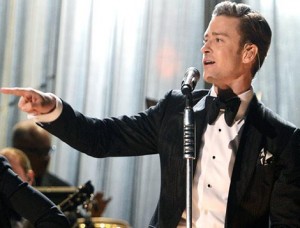Tough start ahead for US Open field
USGA director Mike Davis says the first six holes of this year’s US Open will be the hardest in the event’s history.
San Francisco’s majestic Olympic Club plays host to the year’s second major in 2012 and Davis has warned that the field are in for a rude awakening after the record low scores at Congressional last year when Rory McIlroy won with 16-under on the rain-softened course in Maryland.
won with 16-under on the rain-softened course in Maryland.
“I am convinced that this will be the hardest start in a US Open,” Davis said after walking the course. “The first six holes are going to just be brutal. I would contend if you play the first six holes two over, I don’t think you’re giving up anything to the field.”
The course will play at 7,170 yards in 2012 – 373 yards longer than the last time it staged the US Open in 1998 when Lee Janzen shot even par 280 to win the tournament for the second time.
Davis is aware that he doesn’t want to go in for a knee-jerk reaction, despite the fact that runner-up Jason Day’s eight-under score in 2011 would have been enough to win 46 of the previous 50 US Opens and force a playoff in three others.
eight-under score in 2011 would have been enough to win 46 of the previous 50 US Opens and force a playoff in three others.
That appeared to be the case in 1974 when the USGA responded toJohnny Miller’s 63 at a rain-softened Oakmont a year earlier by producing a set-up so brutal that Hale Irwin won with seven-over-par. That event went down in history as the “Massacre at Winged Foot.”
63 at a rain-softened Oakmont a year earlier by producing a set-up so brutal that Hale Irwin won with seven-over-par. That event went down in history as the “Massacre at Winged Foot.”
“We don’t want to see well executed shots penalized,” Davis said. “When setting up a course as tough as the US Open, it’s really splitting hairs sometimes of not actually doing that. Our goal is to test the players mentally and physically, and test their shot-making skills.”
However the course is set up, nature is sure to add to the test with windy conditions and the threat of the city’s famous fog set to make the hilly course with fast fairways even tougher.
The front nine will play to par of 34 with the back nine a par 36. The first hole is now a par 4 and the 17th a par 5; the eighth hole, once one of the easiest on the course, is entirely new from 1998 with little room for error along the right-side trees.
The par-5 16th can play as long as 670 yards on the back tees, which Davis expects to happen “at least two days.” The previous longest hole in Open history is the 667-yard Par-5 12th in 2007 at Oakmont, according to the USGA.
“I’m going to try to park my cart and watch that hole,” Davis said of the 17th. “Probably hide when I’m doing it, but nonetheless, I think it’s going to be a very, very exciting hole.”






